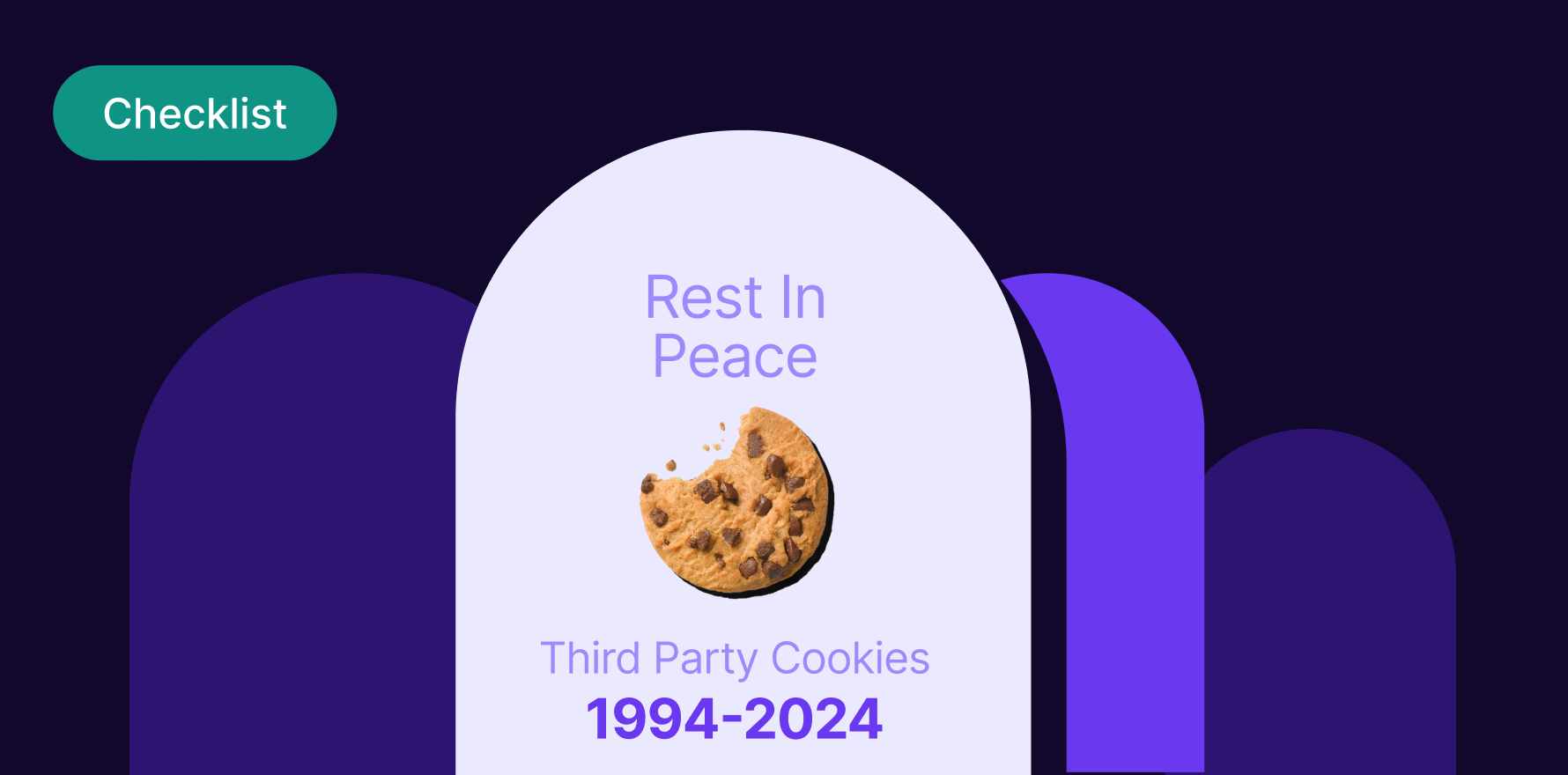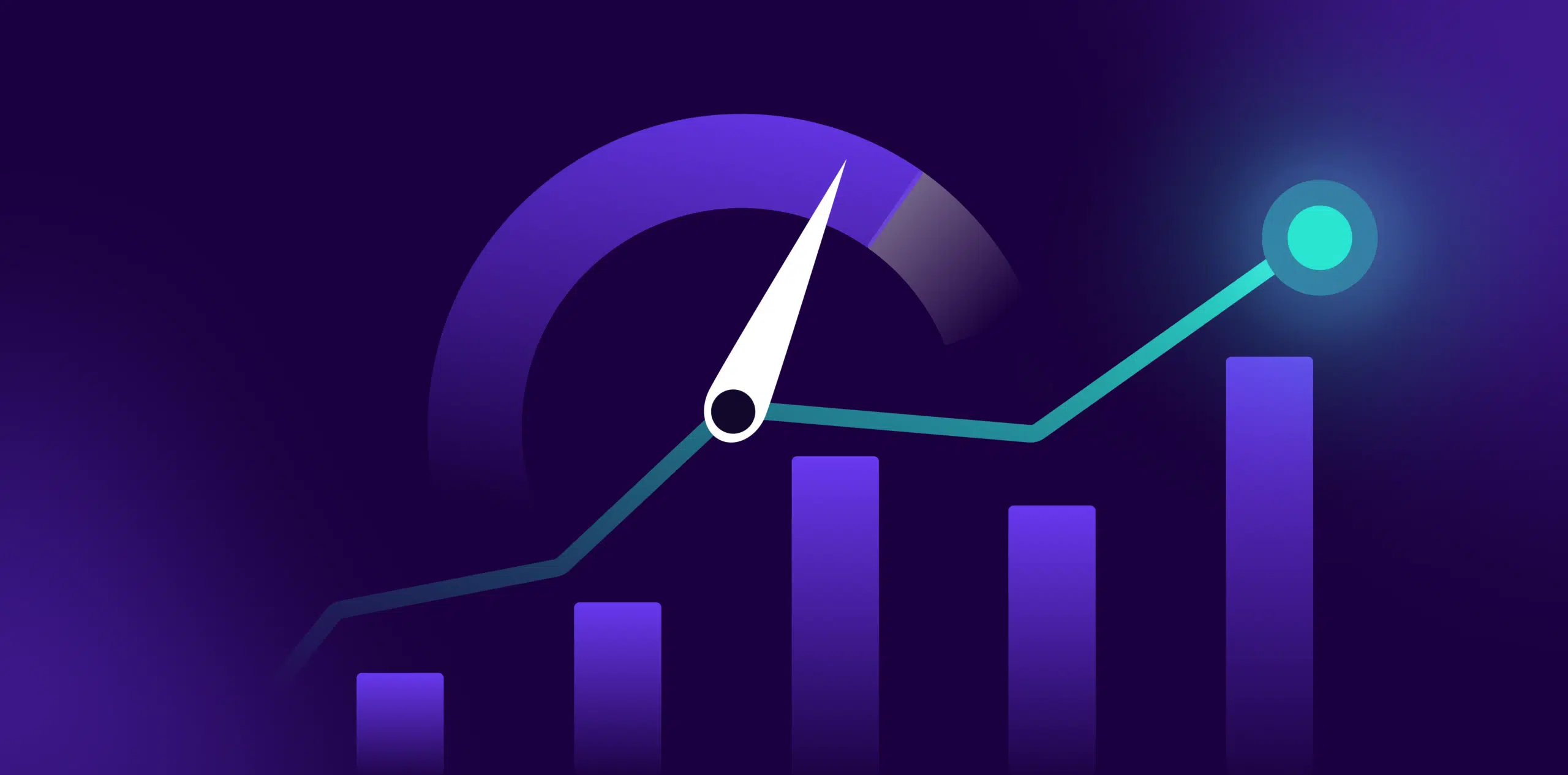What is Order volume?
Order volume is a crucial performance metric for ecommerce businesses as it provides insights into consumer purchasing behavior and overall business revenues. It is often used to assess the health and success of ecommerce businesses and is calculated over a specific time period, such as daily, weekly, monthly, or yearly. This metric represents the total number of orders placed on an online platform within that defined interval, irrespective of their monetary value or the number of items contained in each order.
Formula
Order Volume = Total number of orders received in a given period (day/week/month/year)
Example
Let’s assume an ecommerce platform makes 50 sales on Monday, 40 on Tuesday, 70 on Wednesday, 30 on Thursday, 60 on Friday, 30 on Saturday and 20 on Sunday. Then, the weekly order volume for this business is the sum of all orders, which equals 300.
Why is Order volume important?
- Revenue Prediction: Frequent tracking of order volume can help businesses predict revenue trends and make informed decisions about stock management, discounts, and promotional tactics.
- Customer Demand Analysis: High order volume may indicate high demand for particular products, encouraging businesses to stock more of these items.
- Marketing Effectiveness: Changes in order volume can indicate the success of marketing strategies. A spike following a particular campaign can illustrate its effectiveness.
Which factors impact Order volume?
- Product Demand: A product’s demand directly impacts order volume. High demand products usually have a higher order volume.
- Marketing Strategies: Effective campaigns can lead to an increase in order volume.
- External Factors: Economic trends, seasonality, and market competition can also impact order volume.
How can Order volume be improved?
- Upselling & Cross-selling: By convincing customers to make additional purchases or buy higher-value items, businesses can increase order volume.
- Loyalty Programs: Rewarding repeat customers can encourage more purchases.
- Discounts & Promotions: Seasonal or occasional discounts can attract more buyers and increase the number of orders.
What is Order volume’s relationship with other metrics?
- Sales Revenue: Higher order volume typically equals higher sales revenue.
- Conversion Rate: If you have a high traffic volume but low order volume, this can indicate a low conversion rate.
- Average Order Value (AOV): It is possible to have high order volume but low AOV if customers are frequently purchasing low-priced items.
Free essential resources for success
Discover more from Lifesight






















































